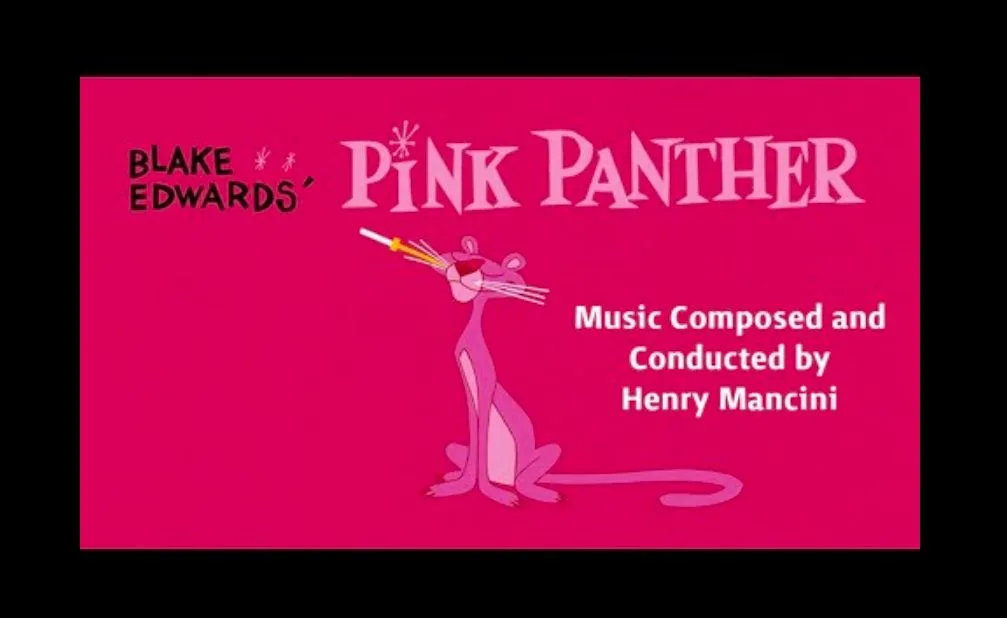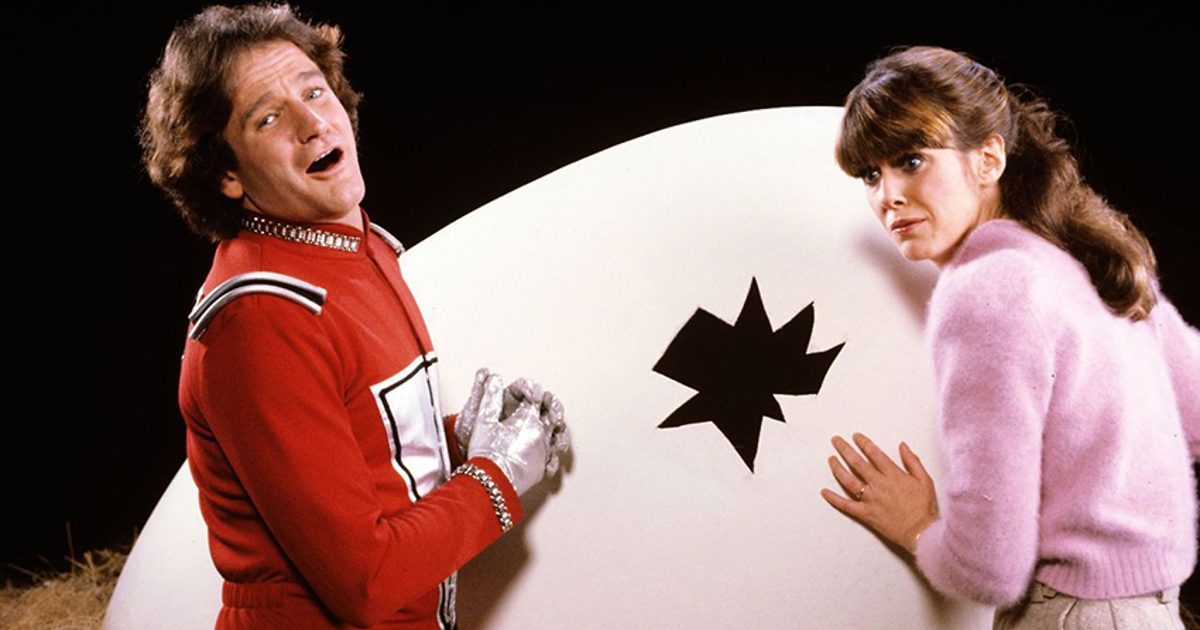Blake Edwards’ The Pink Panther, the first in a long and successful series of films of the same name, was released in 1963.
The name of the character refers to a very precious and peculiar diamond with rosy reflections on whose theft the entire course of the film revolves, with the struggle between the clumsy Inspector Clouseau (a brilliant Peter Sellers) and the cunning ‘Phantom’, probably the English playboy Sir Charles Lytton (David Niven).
This is a unique comedy, elegant, intelligent and ironic, capable of skillfully combining suspense and humor, misunderstandings and twists. Definitely suitable for the whole family.
The opening and ending theme songs were commissioned from Isadore “Friz” Freleng, a former Disney (Alice in Wonderland) and Warner author where he was the creator of iconic characters such as Tweety and Sylvester and Speedy Gonzales.
Freleng and the other animators wanted to interpret in a totally creative way the spirit of the film by imagining the animated character to encapsulate some of the characteristics of the most popular actors of the 1960s: the elegance of Cary Grant, the impertinence of James Dean, and Buster Keaton’s unmistakable facial expressions were also given to the character. This was the genesis of the Pink Panther cartoon.
In fact, following the great success of the animated theme song, the distribution company allowed an animated short with the Panther character, entitled The Pink Phink, to be produced.
The cartoon won an Academy Award in 1965, so the creators decided to make an entire series.
The Pink Phink (translated into Italian as La kosa rosa) was the first animated short starring the Pink Panther; it was released in theaters on December 18, 1964 to such great success that it was followed by a series of 123 more shorts produced until 1980.
A new series of 60 episodes was then released starting in 1993, reintroducing this beloved character to a new generation of children.
Audio plays a key role in this success. Indeed, the Pink Panther is unique in its lack of verbal dialogue. With his facial expressions and body gestures, he communicates emotions and intentions in a remarkably effective way. Her world is full of comic and often surreal situations in which she is involved in gag exchanges with her arch enemy, Inspector Clouseau.
But what made The Pink Panther become a true cult hit were the melodies of Henry Mancini, one of the greatest composers of film music with four Academy Awards (Breakfast at Tiffany’s) and 18 nominations, including the very theme song of The Pink Panther. Indeed, Mancini masterfully interpreted and accompanied the movements of the animated character, helping to determine his unmistakable personality.
The theme song would become one of the most recognizable and beloved pieces of music in the history of cinema. With a sophisticated jazz melody and yet cheerful and light-hearted, the song continues to be loved by children and adults worldwide, even 60 years later. It is almost impossible not to immediately associate this tune with the elegant and extravagant image of the pink character.







